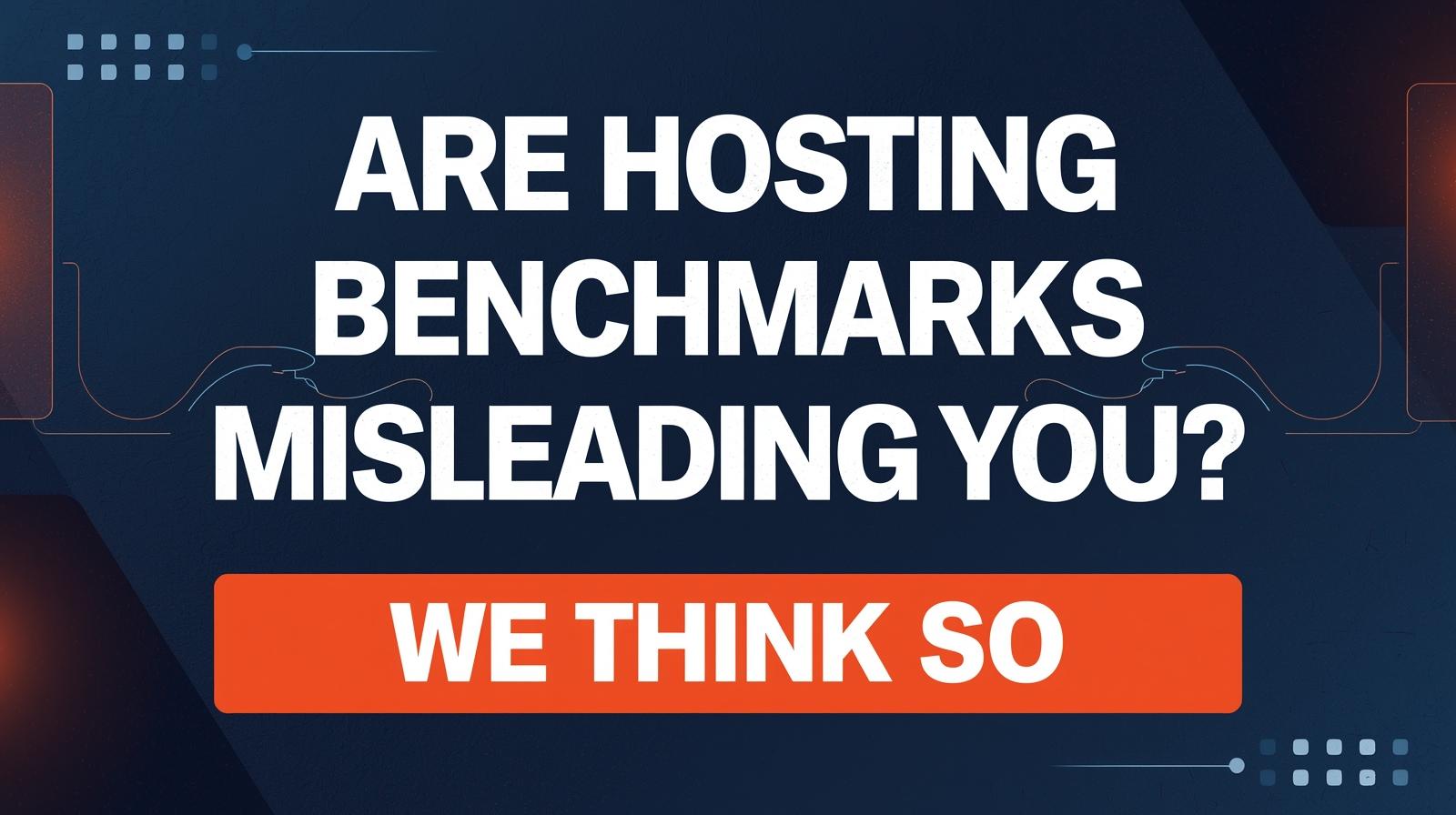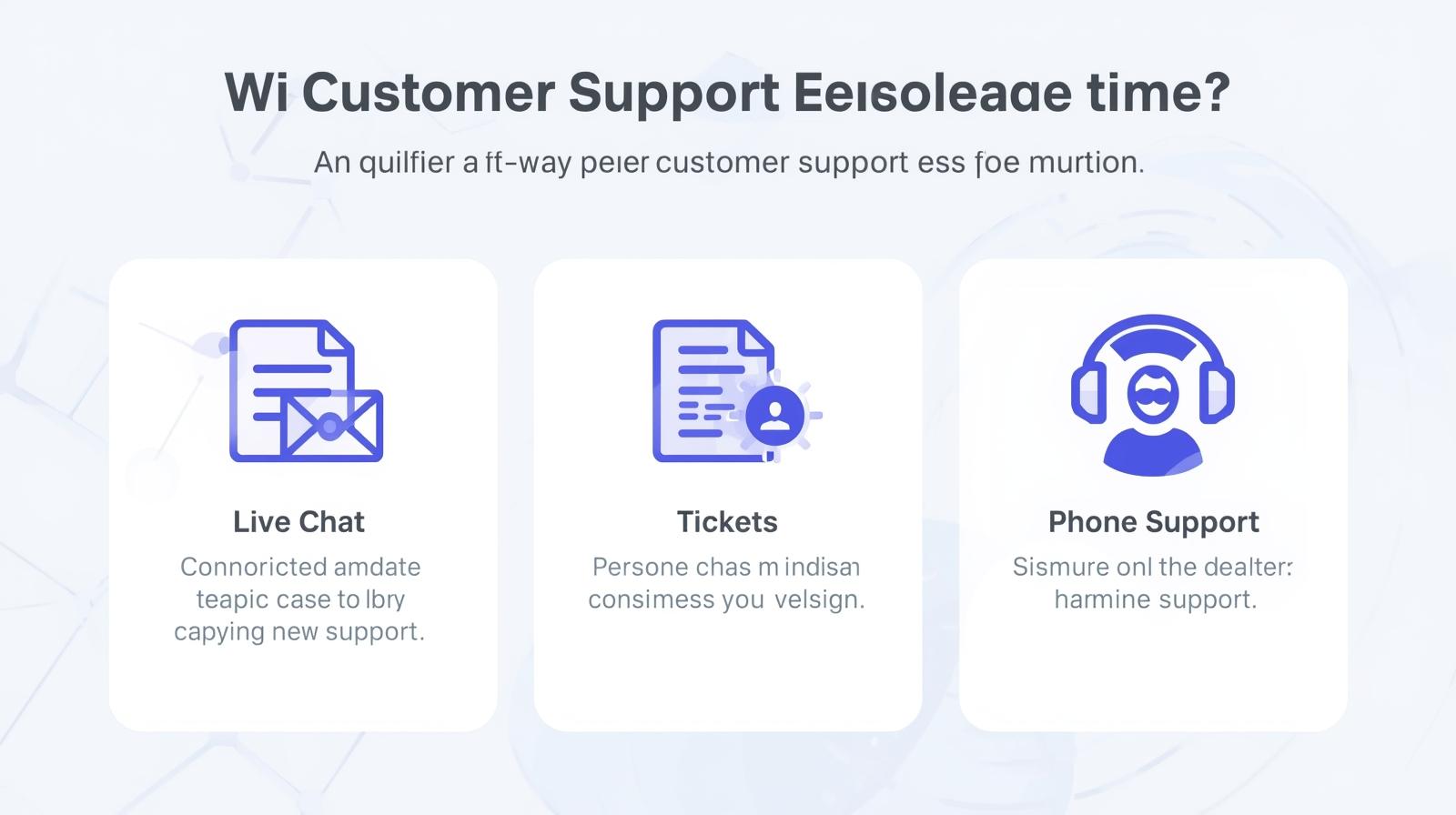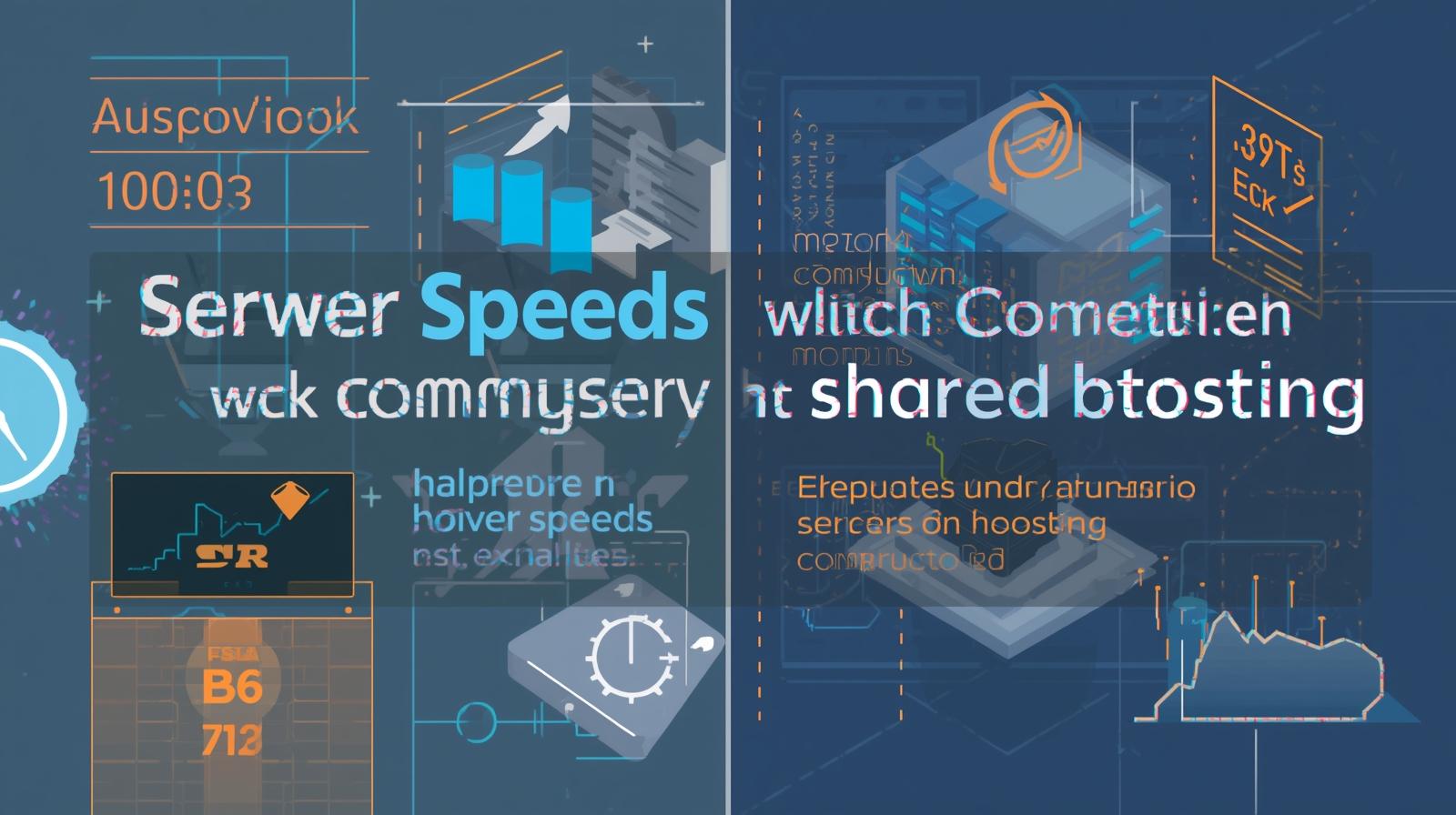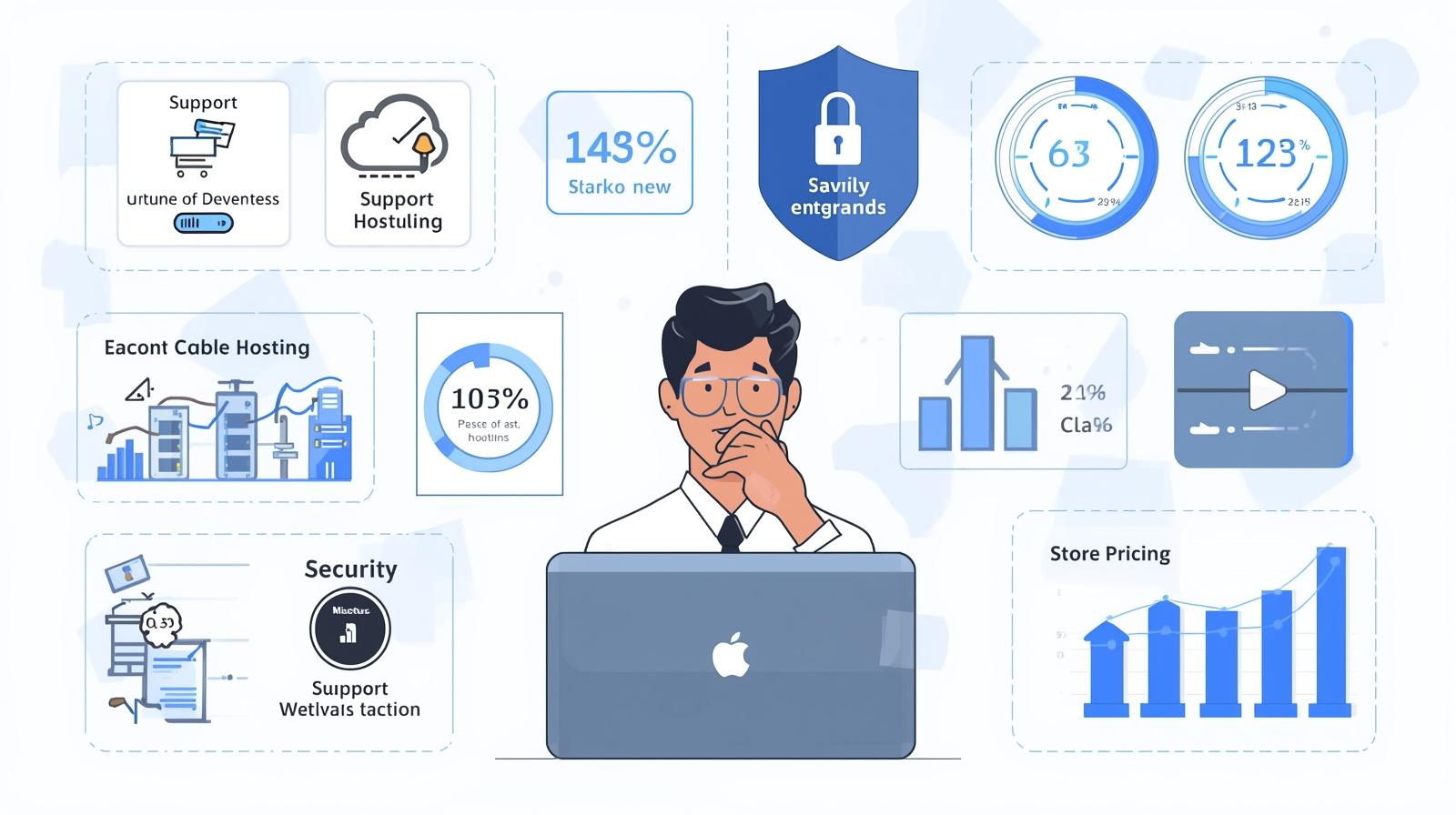November 24, 2025
When you’re choosing a web hosting provider, you’ll see bold claims everywhere “99.99% uptime”, “unlimited bandwidth”, “lightning-fast speeds”, and “24/7 premium support”. These metrics look impressive on paper, but here’s the real question: how many of them truly reflect real-world performance?
Many hosting companies highlight attractive numbers to convince users, but the truth often hides behind vague terms, technical loopholes, and marketing tricks.
In this blog, we break down the most common hosting metrics, what they actually mean, and how to verify if they’re real.
1. The Truth Behind ‘99.99% Uptime’
Almost every hosting brand claims near-perfect uptime. But uptime guarantees can be misleading because:
They’re often averaged over long periods, meaning short but frequent downtimes are hidden.
Many hosts offer uptime guarantees only with strict conditions, and compensation is usually limited to credits.
Real uptime also depends on server load, data center quality, and maintenance windows (which some providers do not count as downtime).
How to check:
Use third-party uptime monitoring tools like UptimeRobot or StatusCake. Also review the provider’s public server status page—if they have one.
2. ‘Unlimited Bandwidth’Not Always Unlimited
Unlimited bandwidth sounds great, but hosting companies often place limits through:
Fair usage policies (FUP)
Hidden throttling rules
Server resource caps like CPU and RAM limits
In reality, “unlimited” usually means “enough for a small to medium website, but not unlimited in the literal sense.”
How to check:
Read the Terms of Service (especially the FUP section). Look for words like “excessive usage,” “throttling,” or “resource restrictions.”
3. Speed Claims vs Real-World Performance
Hosts frequently advertise “turbo servers,” “NVMe SSD,” or “10x faster loading.”
While fast hardware matters, speed depends on:
Server location
Network routing
Caching mechanism
CDN integration
Total load on shared servers
Marketing numbers don’t guarantee real-world speed if the server is overcrowded.
How to check:
Check real speed via Pingdom or GTmetrix after hosting setup. Also compare real TTFB (Time to First Byte), which shows actual server responsiveness.
4. Support Availability vs Actual Support Quality
Almost every provider says they offer 24/7 support. But:
Some respond instantly but take hours to solve issues.
Some rely heavily on chatbots instead of real agents.
Some restrict support for cheaper hosting plans.
Good support isn’t about being available—it's about being effective.
How to check:
Before buying, test their chat support with a few technical queries. Check Trustpilot, Reddit, and hosting forums for real user feedback.
5. Customer Reviews Sometimes Real, Sometimes Not
Many hosts highlight 5-star reviews, but users should stay cautious. Fake or incentivized reviews are extremely common in the hosting industry.
How to check:
Look at independent sources like G2, Trustpilot, Reddit r/webhosting, or 10Hostings’ unbiased hosting comparison reviews.
Final Verdict: Don’t Trust Metrics, Verify Them
Hosting metrics are useful, but only when they reflect real-world performance. Instead of blindly trusting advertising claims, always:
Monitor uptime independently
Check speed with real tools
Confirm support quality
Read unbiased reviews
Understand the fine print
At the end of the day, real performance comes from transparency not marketing metrics. Platforms like 10Hostings help users cut through the noise by comparing hosting providers based on actual tests, real user experiences, and verified data.

Recent Posts
ARE YOU A LEADING HOSTING SERVICE PROVIDER?
Get listed in world's largest hosting directory today!
Directory listing counter is continuously increasing, be a part of it to gain the advantages, 1487 Companies are already listed.




























